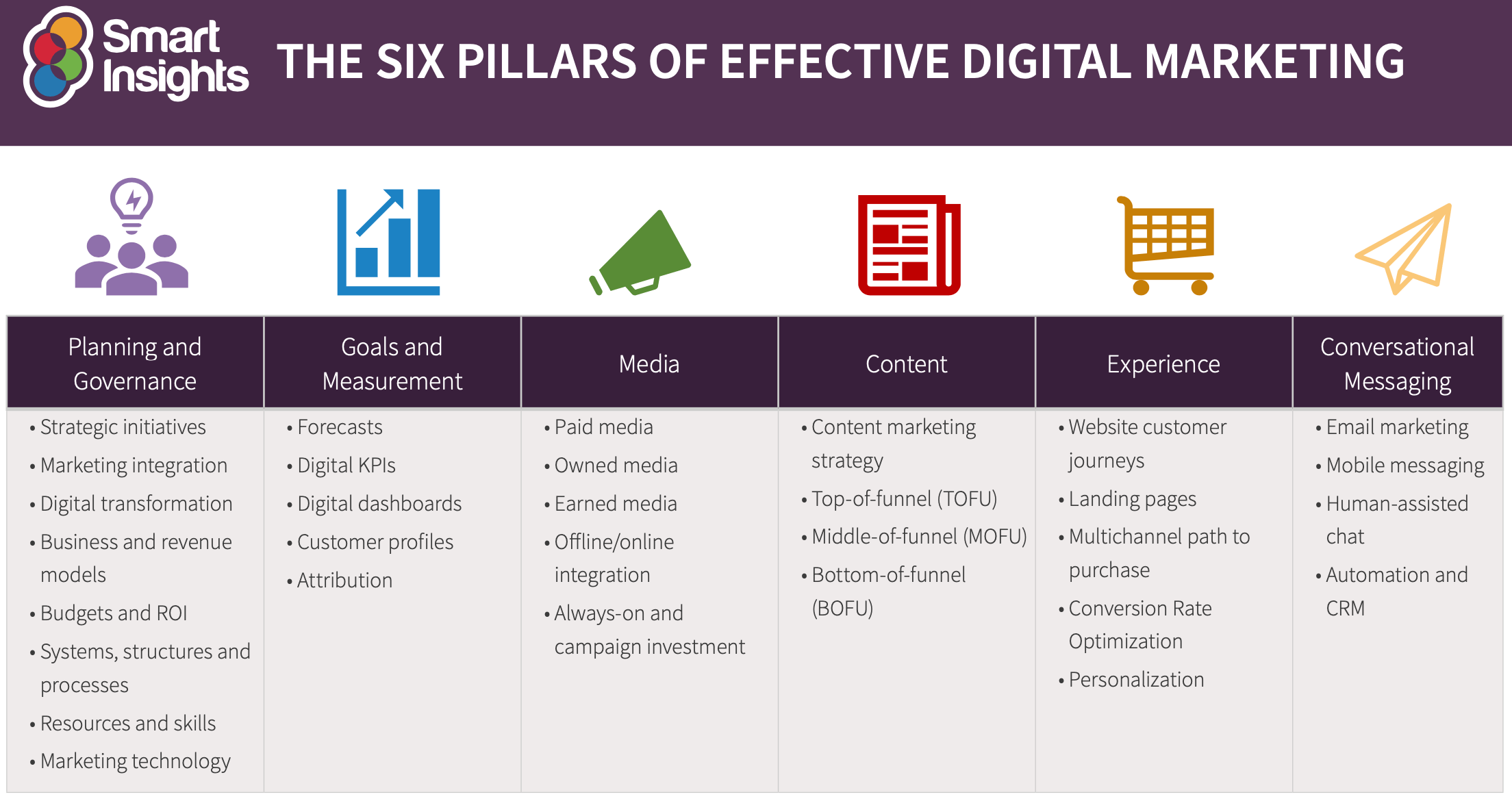Enhance Customer Experience and Drive Web Traffic With Responsive Internet Design
In today's electronic landscape, where customers are accessing internet sites from a wide variety of gadgets, receptive internet style has actually become much more important than ever before. With its capacity to adjust and seamlessly change to various screen sizes, responsive design not only improves individual experience yet likewise drives traffic to your web site.
Why Receptive Website Design Issues
Responsive website design is a necessary facet of modern web development as a result of its capacity to guarantee optimal user experience across numerous gadgets and display sizes. With the proliferation of smart devices, tablets, and other mobile devices, it has actually ended up being critical for sites to adjust and supply seamless functionality regardless of the tool being used.
The key reason that responsive website design issues is that it allows users to have a enjoyable and consistent searching experience, no matter the gadget they are using. A responsive website instantly changes its material, layout, and layout aspects to fit the screen size and resolution of the gadget, guaranteeing that individuals can easily browse and connect with the web site with no hassle or disappointment.
Additionally, responsive internet style also plays a significant role in seo (SEARCH ENGINE OPTIMIZATION) Search engines, such as Google, focus on web sites that are responsive and mobile-friendly in their search engine result. By including responsive design concepts, sites can improve their presence and ranking, leading to increased organic website traffic and possible clients.

Boosting Customer Engagement Via Responsive Layout
Enhancing user involvement is an essential goal of responsive layout, as it makes certain that individuals can easily accessibility and interact with internet site material on any type of tool. With the boosting use mobile phones and tablets, it is critical for web sites to adapt to various screen dimensions and resolutions. Receptive design allows websites to automatically adjust their design and content to provide a seamless customer experience throughout gadgets.
One of the major methods receptive style improves user engagement is by decreasing load times. With a receptive website, individuals do not have to wait for different mobile versions to lots, leading to quicker access to content. This improved rate leads to greater customer contentment and motivates them to spend even more time on the website.
Furthermore, responsive design boosts customer involvement by enhancing navigation and interface (The Ad Firm). When a site is created responsively, food selections and buttons are optimized for touch interactions, making it much easier for customers to browse and engage with the site on their mobile phones. This intuitive and easy to use experience maintains individuals engaged and encourages them to discover even more of the internet site
Additionally, responsive layout allows for better web content visibility and readability. By adapting the design and font sizes to different tools, responsive web sites make sure that users can conveniently check out and recognize the material. This boosts user interaction by minimizing the requirement for zooming or scrolling to review the text.
Enhancing Web Site Website Traffic With Responsive Website Design
With the growing appeal of mobile gadgets, having a website that is receptive to various display dimensions and resolutions is crucial for driving enhanced traffic. In today's digital landscape, individuals are accessing web sites from a selection of gadgets such as smartphones, tablet computers, and desktop computer computer systems. Each of these tools has different display dimensions and resolutions, and if your web site is not made to adjust to these variants, it can result in a poor user experience and a loss of prospective web traffic.
Receptive website design makes certain that your web site looks and works optimally throughout all gadgets. By utilizing versatile grids, liquid photos, and media queries, receptive style enables your web site to instantly adjust its format, navigating, and material to fit any screen size. This means that users will have a seamless surfing experience despite whether they are utilizing a tiny smartphone or a big desktop computer computer.
Crucial Element of Effective Responsive Layout
Effective responsive design incorporates numerous crucial elements that ensure a smooth user experience throughout different gadgets. Among these aspects is flexible grids and designs. By using relative units like percents as opposed to fixed systems like pixels, developers can develop designs that scale and adjust to fit various screen sizes. This enables material to be presented in a visually enticing and legible way on any device.
Another crucial aspect is media queries. These enable designers to use various styles and formats based on the features of the individual's gadget, such as display dimension and orientation. By making use of media queries, developers can maximize the presentation of web content for each and every tool, ensuring that it is quickly accessible and understandable.
Receptive photos are also crucial in reliable responsive style. Images that are as well big can reduce down web page tons times on smart phones, while images that are as well tiny may show up pixelated on larger screens. By making use of strategies such as receptive picture resizing and lazy loading, designers can make sure that photos are appropriately sized and maximized for each tool.
Lastly, reliable receptive style involves a mobile-first approach. This suggests making and focusing on web content for mobile phones first, and afterwards broadening and improving the design for bigger screens. This approach ensures that one of the most essential content is quickly accessible on smaller screens, while still giving a rich experience on bigger gadgets.
Ideal Practices for Applying Responsive Web Style
Executing receptive website design requires mindful consideration of numerous ideal practices to make professional web design development certain an ideal learn the facts here now customer experience across various gadgets. Right here are some key finest techniques to comply with when applying responsive website design.
Firstly, it is crucial to prioritize mobile customers. With the increasing supremacy of mobile tools, developing for mobile-first has ended up being essential. Start by creating for smaller sized screens and then gradually enhance the design for bigger displays.

Another vital best technique is to maximize pictures for various screen resolutions. Big photos can decrease the filling time of your site, particularly on mobile phones with slower connections. Usage responsive images that can be resized based upon the tool's display resolution to boost performance.
Furthermore, examination your site on various tools and screen sizes to make certain a smooth and consistent experience. There are different screening devices readily available that can help you recognize any issues and make needed changes.
Lastly, focus on usability and availability. Guarantee that your web site is very easy to browse, with succinct and clear web content. See to it that your web site is obtainable to people with specials needs and follows accessibility guidelines.
Verdict
In final thought, receptive web design plays an essential function in improving user experience and driving website traffic to web sites. By adopting receptive style concepts, web sites can make certain optimum viewing experiences throughout various devices, leading to enhanced user engagement.
Optimizing user engagement is a crucial objective of receptive style, as it makes certain that users can easily access and connect with site web content on any device. Receptive layout allows sites to instantly adjust their format and material to supply a smooth user experience across devices.
In addition, responsive style boosts user involvement by enhancing navigating and customer interface.Responsive photos are likewise crucial in reliable receptive design. By taking on responsive design concepts, sites can make certain optimum viewing experiences across different gadgets, leading portfolio website design to raised user interaction.